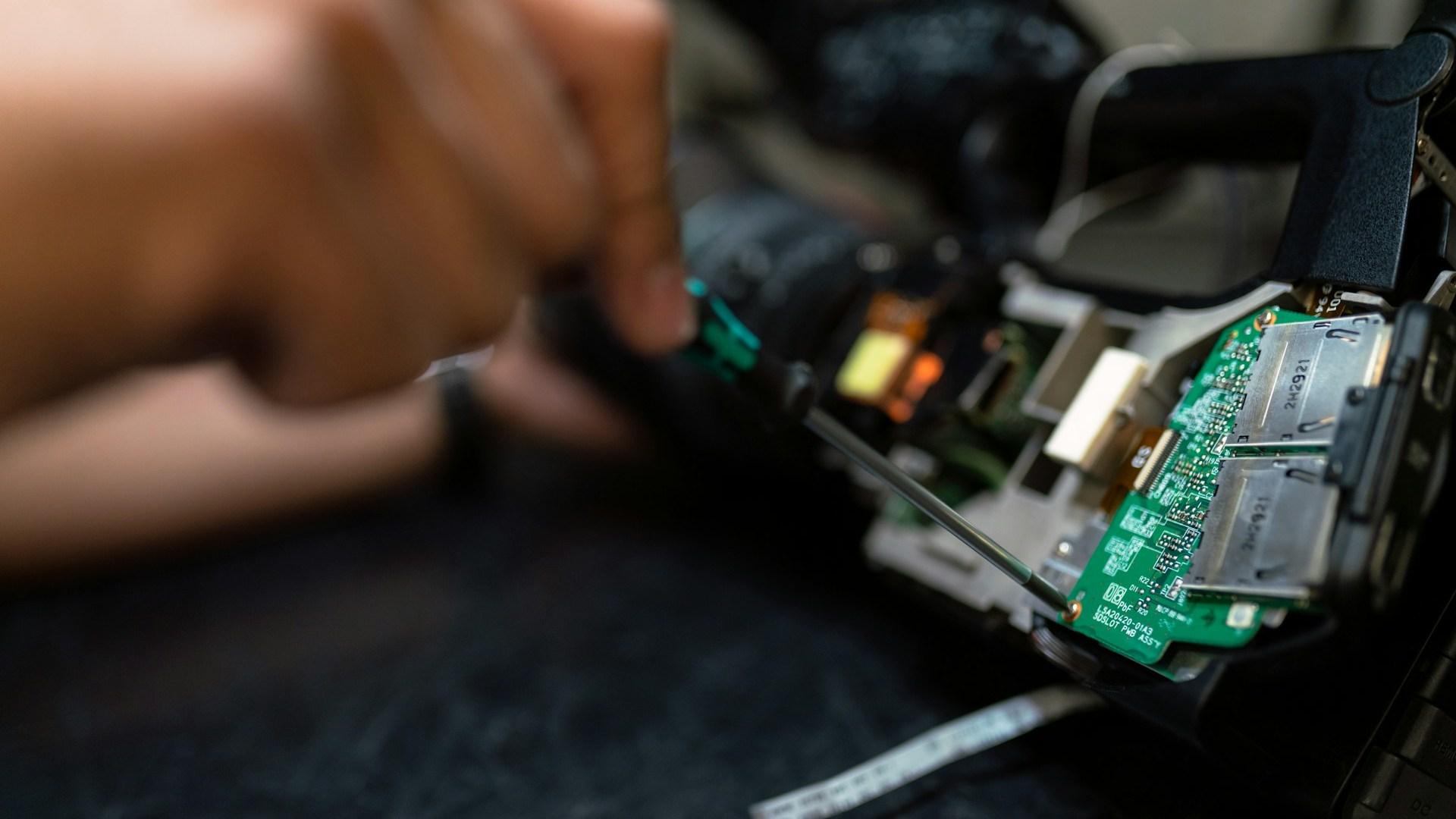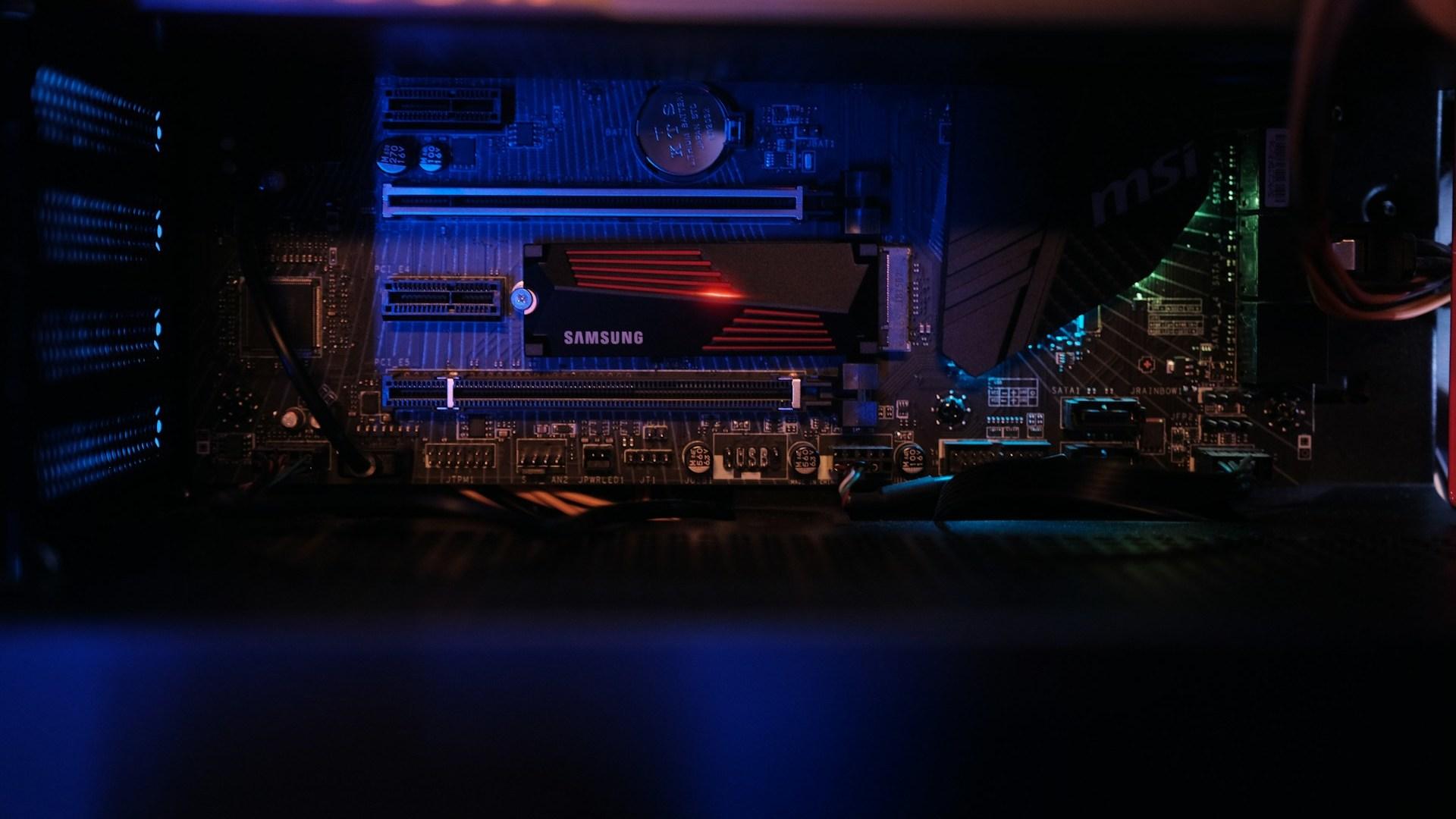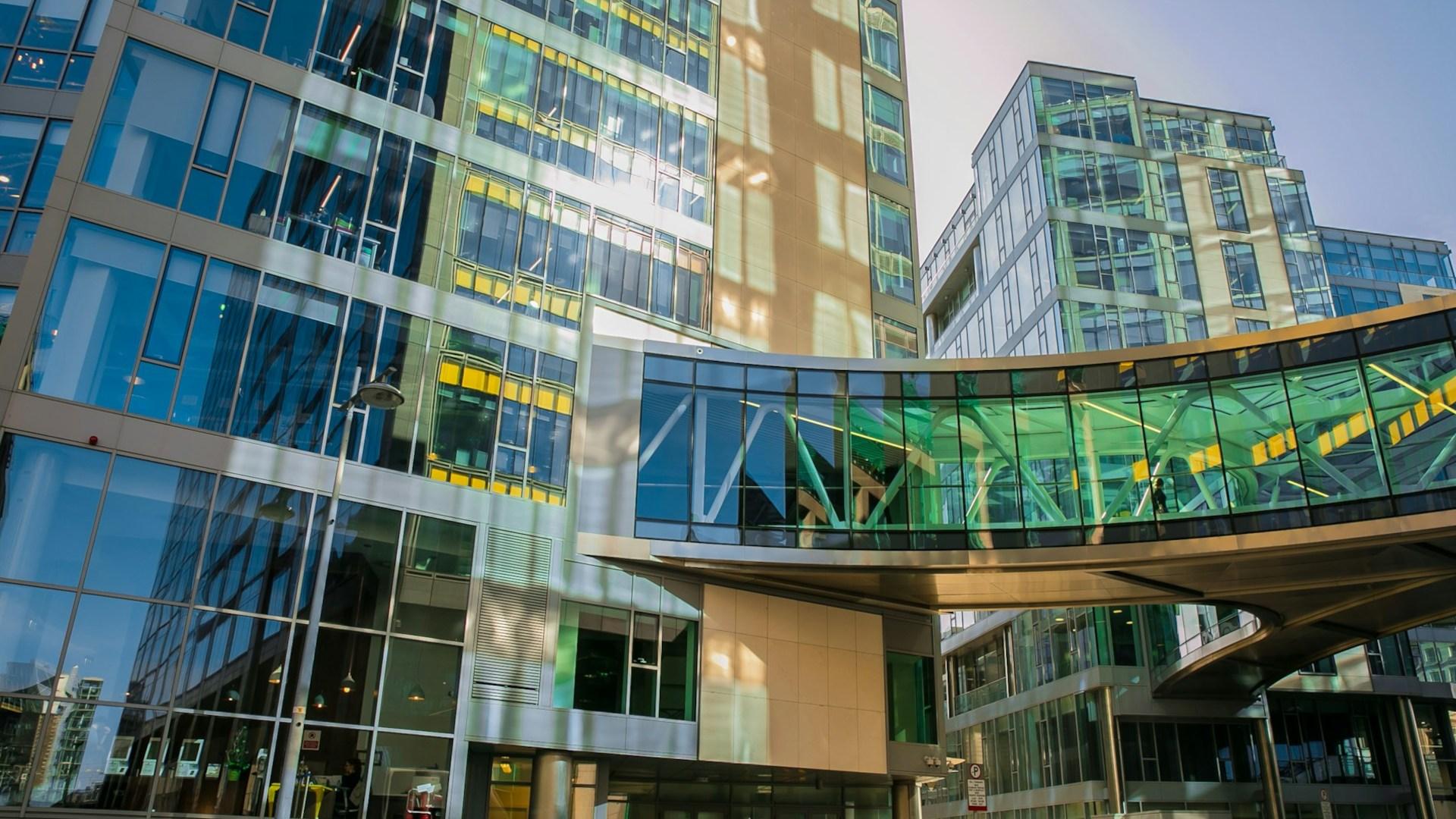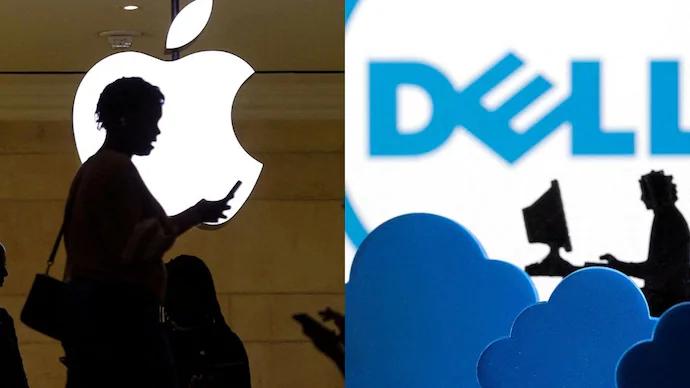A tech company in Richmond has laid off the last of its workers after furloughing most of its staff earlier in July.
This comes on the heels of several funding rounds that have raised $110 million for the company in recent years, yet another example of how quickly fortunes can turn in the modern tech sector.
Rise and Fall

The company was once one of the rising stars of the tech industry, attracting major interest from established tech giants.
It had received investment from Microsoft and Amazon, and one of its plants was launched by California Governor Gavin Newsom.
Signs Were There

Moxion Power’s troubles have been apparent in recent weeks, but even before July they were showing signs of financial trouble.
In June, after only 4 years of operation, the company laid off 101 workers.
Recent Issues

The paint really began to crack on July 19, when most of Moxion’s workers were furloughed, and the company warned of the possibility of a full shutdown of operations.
At the time, the company cited an “unexpected and last-minute shortfall” as their reason for the drastic action.
Competitive Market

The tech hardware sector continues to be an exceptionally competitive market, and Moxion are unlikely to be the last company to see its operations wind down.
The funding that had been present for the company has either evaporated or moved elsewhere.
Remarkable Investment Success

The fall comes after a dramatic, rapid rise that now looks to have been unsustainable from the beginning.
Over the 4 years of its existence, Moxion have raised a reported $110 million from various sources, and were looking forward to opening a new factory across from their Richmond headquarters.
Total Shutdown

After the July layoffs, the company is now informing its staff that they will cease operations entirely.
The announcement, made by email, means that the remaining 248 staff will now also return to the job market.
All Levels Informed

Workers at all levels of the company received the notice, which did not discriminate between entry-level and senior employees.
This included the company’s 7 vice presidents, 10 directors, managers, engineers and technicians.
Severance Pay?

The situation also leaves the workers in the unenviable position of being unsure about whether they will receive severance pay.
Although California law normally requires severance pay if workers had less than 2 months notice, Moxion may be able to sidestep this requirement if they can prove they were attempting to raise capital.
No Clues on Reasons For Demise

The company’s CEO, Paul Heulskamp, was not able to offer workers an explanation for the sudden closure of his business.
He said, in the email informing staff of their job loss: “I wish there was a straightforward answer. What I can say is that Moxion was a bold vision, and you executed perfectly.”
Dot-com Bubble Burst: Mass Layoffs Begin

The dot-com crash of 2000-2001 triggered widespread layoffs in the Bay Area. Over 200,000 tech jobs were lost in Silicon Valley between 2001 and 2004.
Companies like Pets.com and Webvan became symbolic of the bubble’s collapse. The unemployment rate in San Francisco peaked at 6.9% in 2003, up from 2.1% in 2000.
Post-9/11 Economic Downturn Deepens Job Losses

The 9/11 attacks in 2001 exacerbated the economic slowdown, leading to more layoffs. Bay Area air travel dropped by 30%, causing significant job cuts at SFO and related industries.
Tourism in San Francisco declined by 25%, resulting in widespread hospitality sector layoffs. By 2002, the Bay Area had lost 12% of its jobs across all sectors.
Tech Giants Downsize: Big Names Cut Staff

Even established tech companies weren’t immune to the downturn. Cisco Systems laid off 8,500 employees in 2001, 18% of its workforce.
Sun Microsystems cut 6,000 jobs in 2002, reducing its staff by 15%. These high-profile layoffs signaled the depth of the tech industry’s troubles.
Housing Bubble and Financial Crisis Strike

The 2008 financial crisis led to another wave of layoffs in the Bay Area. The region lost 150,000 jobs between 2008 and 2010.
The unemployment rate in Oakland reached 17.2% in 2010, the highest in the city’s history. The crisis particularly affected the financial sector, with Wells Fargo cutting 10,000 jobs nationwide.
Recovery and Shift: New Tech Boom Emerges

By 2012, the Bay Area began to recover, led by a new wave of tech companies. Social media giants like Facebook and Twitter drove job growth.
The region added 100,000 jobs in 2012 alone, outpacing the national recovery rate. However, this growth was unevenly distributed, with some traditional sectors still struggling.


